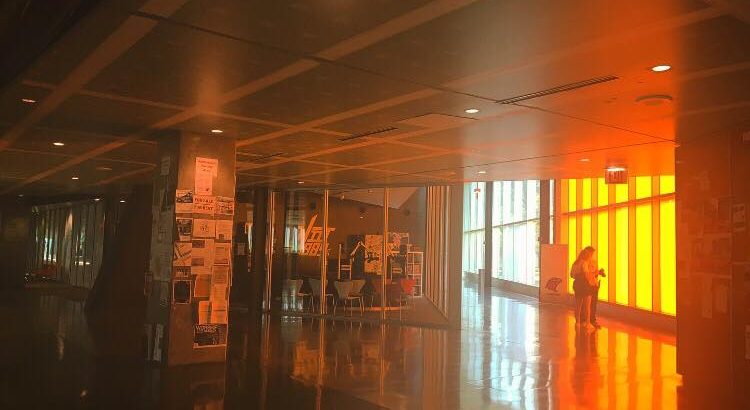
Hi Everyone! I know it’s a bit late, but bear with me! (Ahaha, this is the typical life of an architecture student)
I’m back again this week to discuss the topic: the power of writing and its relationship to our discipline!
I’m sure, no matter what age you are or what major in college you’re pursuing right you, you must’ve thought of English papers and all that unpleasant stuff seemed completely unreasonable and unnecessary to your discipline and life goals. I confess I’ve also had these thoughts at some point before when I took introductory architecture courses that required a ton of writing and I’d remember thinking to myself, “Ughhh I’m in architecture school, shouldn’t I be designing instead of writing all these boring papers‽‽
I do occasionally have these thoughts recurring as I continue to write papers, even as a fourth year in architecture. But I’ve finally grown to understand that writing and architecture are truly interrelated. As ridiculous as it sounds, let me explain.
In architecture, we use different drawing mechanisms as a language to convey our ideas visually. Although drawing seems to be the primary language present in architectural education, it is important to realize that it is still our thoughts and understanding of these thoughts that in turn inspire the abilities behind these drawings.
Let me rephrase more simply, I mean to say that if you cannot describe the idea in verbal language, then you cannot hope to understand the design well enough to effectively convey that idea visually through drawing. All this time, papers have been the root practice at structuring the way we think and understand ideas verbally as designers, but also serves as the universal method to communicate ideas with each other. To be a better writer directly correlates with being a better designer in that you are able to clearly understand what it is you want to highlight about your ideas in the representational drawings. To reinforce my point, these drawings and all your models are to be displayed at critiques reviews where you are expected to help your critics understand your project so that they can then give you feedback on what to improve in your representation, or even perhaps what to add to your design to further it’s successes. I canopy stress how important it is to understand our own work before we try to get others to understand it too. As expected, I’ve observed that my classmates who seem quite fluent in explaining their thoughts and ideas about projects are also quite fluent in representation as well, and they also make for quite amazing critics of our work as well.
So, bottom line: do the papers!! As boring as it seems, it’ll help you SO much in the long run, even just as a general human being in general. After all, humans were meant to communicate 
Welp, that’s all I’ve got for tonight, but I’m so grateful for any one of you who’s still up this late and still reading my blog!
Ciao 🙂


